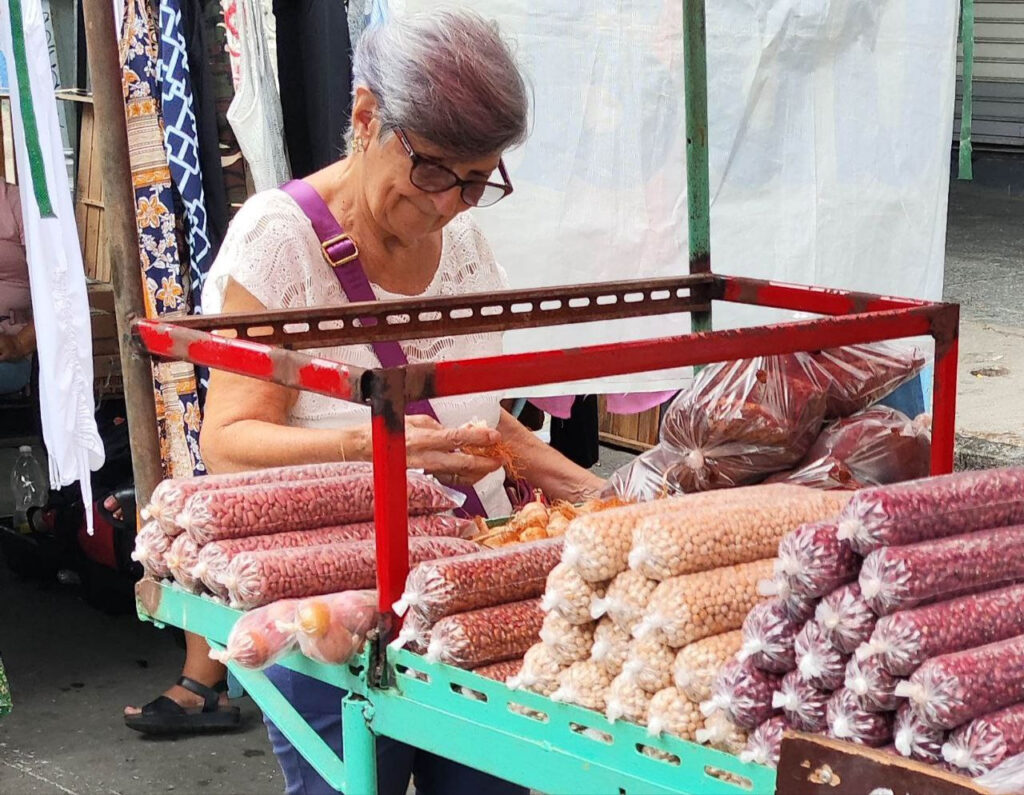This week a pound of chickpeas costs 700 pesos. In September of last year, the price was 450.

14ymedio, Natalia López Moya, Havana, 1 September 2024 — They share the market stall with black beans and green beans but no one would put them in the same category much less combine them. Of all the legumes consumed in Cuba, chickpeas — also known as garbanzo beans — are the most prestigious as well as the most demanding when it comes to preparation. A red line separates them from dried peas and lentils, one that clearly indicates that this is a luxury few can afford.
Never eaten just by themselves, in Cuba chickpeas are prepared mainly as part of a stew to which a long list of other ingredients must be added, each one more expensive than the last: chorizo, blood sausage, bacon, onion, garlic, chili, tomato sauce, cumin and some potato or pumpkin. The list of additional ingredients just happens to include almost all of the most expensive items on the market.
The first financial obstacle is getting hold of the wrinkled, pale yellow bean itself. Its size, the thickness of the shell, how much water it absorbs during the soaking process and its final texture are all indications of quality. The better the flavor, the more desirable. The better the breed, the tighter the supply. The higher the pedigree, the higher the price. Buying a package of chickpeas in Cuba has become an act of exhibitionism, a form of showing off, like saying, “Check me out. I can afford to eat a good ’garbanzada’.”
It is one of those dishes that Cubans associate with Spanish grandparents, who were not not able to serve it back in the 1970s and ’80s when chickpeas virtually disappeared from store shelves. The memory of their flavor and texture became almost mythological. It was story told round the table to keep hope alive and to make their grandchildren’s mouths water.
A red line separates them from dried peas and lentils, one that clearly in


